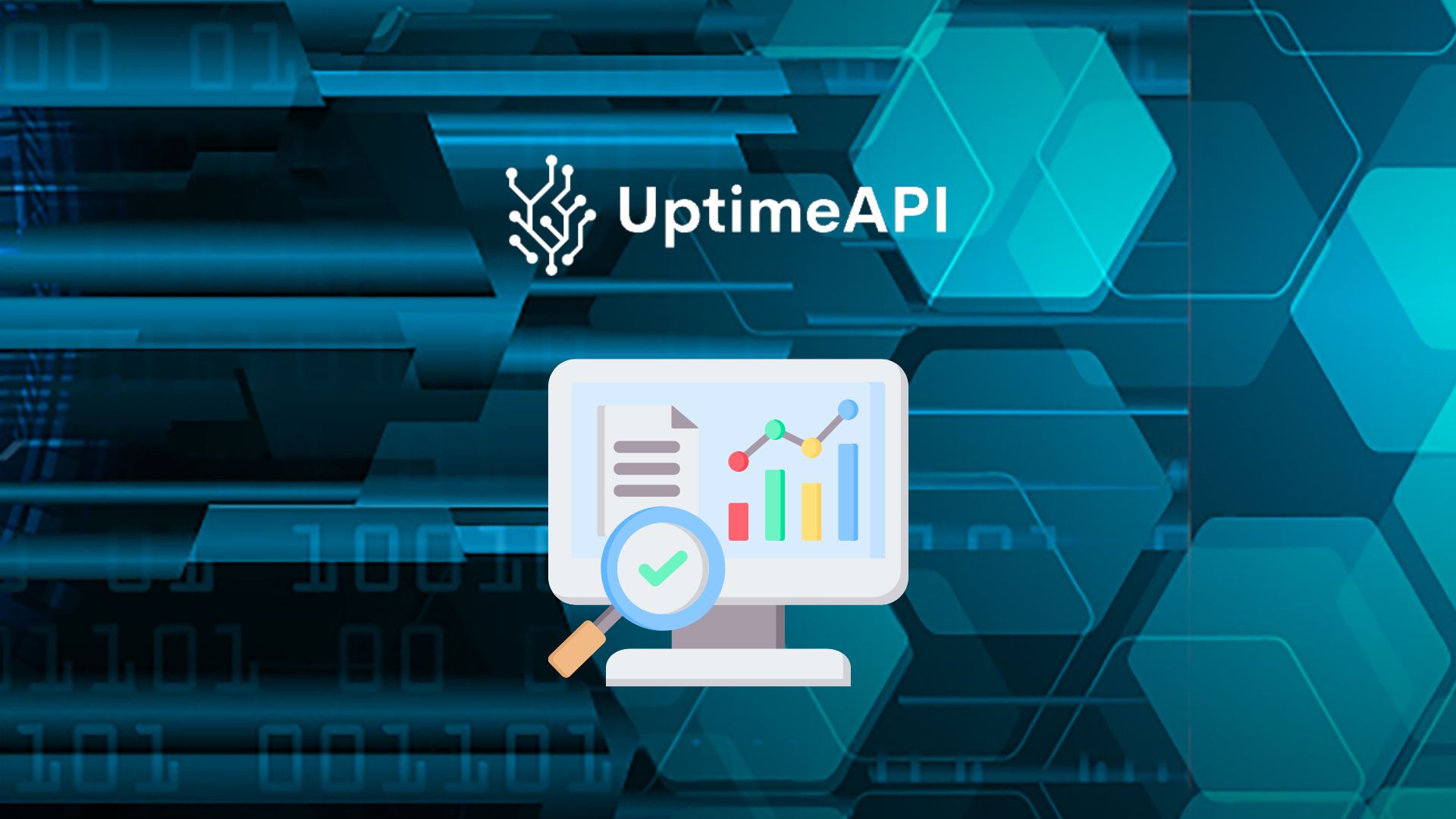How To Monitor An API For Beginners

APIs, or application programming interfaces, are now necessary in today's digital environment to enable smooth communication between different software programs. APIs are essential for businesses and developers as they enable the interconnection of mobile apps, web services, and enterprise software. To make sure that these APIs operate accurately, effectively, and securely, API monitoring is essential. So let's discuss how to monitor an API.
Why API Monitoring is Crucial for Modern Applications
Modern programs are built on APIs, which facilitate functionality integration and data interchange. APIs can create bottlenecks in the absence of adequate monitoring, which can result in poor performance, security flaws, and service interruptions. API monitoring ensures dependable and efficient applications by assisting in the early detection and resolution of problems before they affect end users.
APIs enable companies to integrate third-party services, expand their functionality, and improve customer experiences by facilitating communication across separate systems. APIs are widely used in the digital world for everything from payment gateways to social network connections. Rigid API endpoint monitoring is required to ensure optimal performance and availability due to their crucial function.
How To Monitor An API? A Beginner's Guide
An API is a set of rules and protocols that allows different software applications to communicate with each other. It defines the methods and data formats that applications can use to request and exchange information. APIs simplify the development process by providing predefined functions and operations that developers can leverage. API monitoring involves tracking the performance, availability, and functionality of an API. It includes checking response times, uptime, error rates, and other metrics to ensure the API is operating correctly and efficiently.
The term "uptime" describes the duration of an API's availability and functionality. Maintaining business continuity requires high availability. By ensuring that the API is constantly available, API uptime monitoring lowers the possibility of service interruptions. Error rates monitor the quantity and kinds of errors that an API returns. Elevated mistake rates may suggest underlying problems that require quick care. By identifying these problems early on, API error monitoring promotes reliability and speedy remediation.
The amount of requests an API can process in a given amount of time is measured by its throughput. Knowing throughput makes it easier to evaluate the capacity and scalability of the API and makes sure it can withstand high loads without experiencing performance deterioration. Appropriate tool selection is essential for efficient API monitoring. Beginners should seek out devices that offer broad monitoring capabilities and are simple to set up and operate.
Uptime API
With Uptime API, you can monitor your APIs. It works by regularly confirming that your APIs are up and running and performing as expected. Setting up monitors is easy. To set up monitors, you need the target API endpoint URL and the ability to change the watch's timeout and interval settings. While timeouts show how long an API will wait for a response, monitoring intervals show how frequently an API will perform health checks. You may customize monitoring to your needs and preferences with these settings.
You may configure alerts and select which contacts should get notifications directly from your API dashboard. This way, you may then update your team. With a variety of programmable parameters and monitor constraints, you can choose the package that most closely matches your monitoring needs. It also provides historical data and analytics so you can track changes in API performance and availability over time. Get access to your logs so you can look into any issues with the API.
Analyze past performance patterns and base your choices on the truth. Alerts can be tailored to your requirements in order to avoid unnecessary interruptions. real-time API monitoring with immediate information. Select the alert distribution method—webhooks, SMS, or email notifications—that best suits your requirements.
